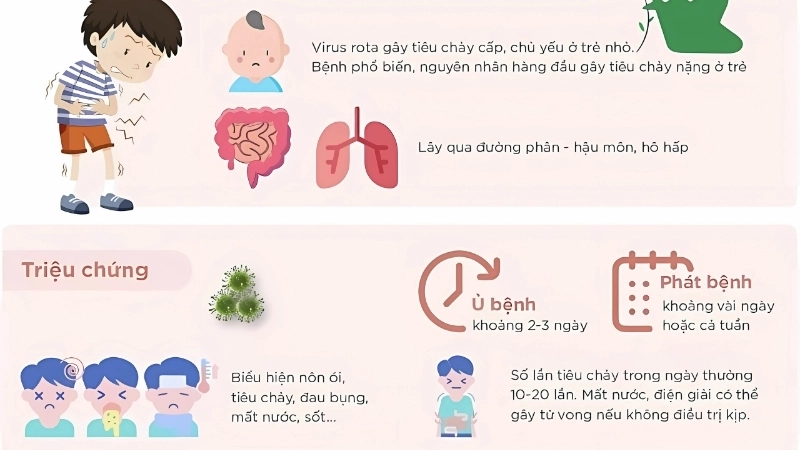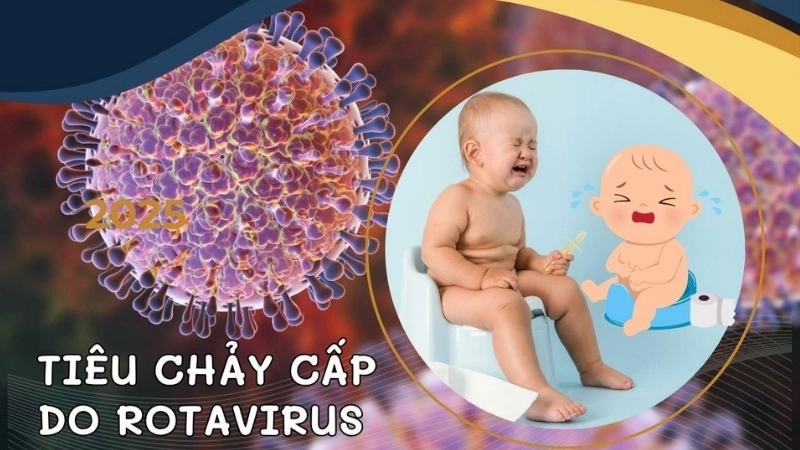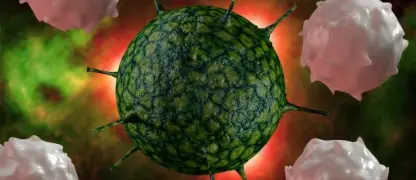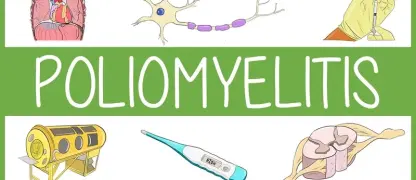A simple stomach bug could be a severe rotavirus infection, a major threat to infants and toddlers. Understanding this common virus is crucial for preventing severe dehydration and ensuring your child’s well-being. Don’t underestimate the risks; get informed now.
What are the main causes of Rotavirus Infection?
- Rotavirus infection is caused by a highly contagious virus that leads to severe inflammation of the stomach and intestines, known as rotavirus gastroenteritis.
- The virus spreads easily through the fecal-oral route; its primary transmission occurs when microscopic particles from an infected person's stool enter another's mouth.
- Contaminated hands, surfaces like toys, and food can carry the virus, making it extremely easy for babies and young children to become infected.

Key symptoms of Rotavirus Infection to watch for
- The infection typically begins with fever and vomiting, followed by three to eight days of severe, watery rotavirus diarrhea, which is its hallmark symptom.
- The primary danger, especially for infants, is severe dehydration, with signs like decreased urination, dry mouth, crying with few tears, and unusual sleepiness.
- Abdominal pain and significant fussiness or irritability are also common symptoms of rotavirus in toddlers and babies as their bodies fight off the infection.
How can you prevent Rotavirus Infection effectively?
- The most effective method of rotavirus prevention is vaccination; the oral rotavirus vaccine is highly effective at stopping severe disease in young children.
- Following the recommended oral rotavirus vaccine schedule, which usually starts at two months old, gives babies the best protection during their most vulnerable period.
- While less effective than the vaccine, practicing rigorous handwashing with soap and water after diaper changes or using the toilet can help reduce transmission.
>>> Don't miss: Cyclosporiasis: Causes from Produce and Symptoms
Microscopic images of Rotavirus Infection





>>> Discover more: Hepatitis A: Vaccine Information and Prevention
Protecting your child from rotavirus infection starts with awareness and vaccination. If your child shows signs of severe dehydration, seek immediate medical care for proper treatment. Consult your pediatrician about the rotavirus vaccine schedule today to ensure complete protection.
>>> Details at: Listeriosis: Risks in Pregnancy and Food Safety Tips






